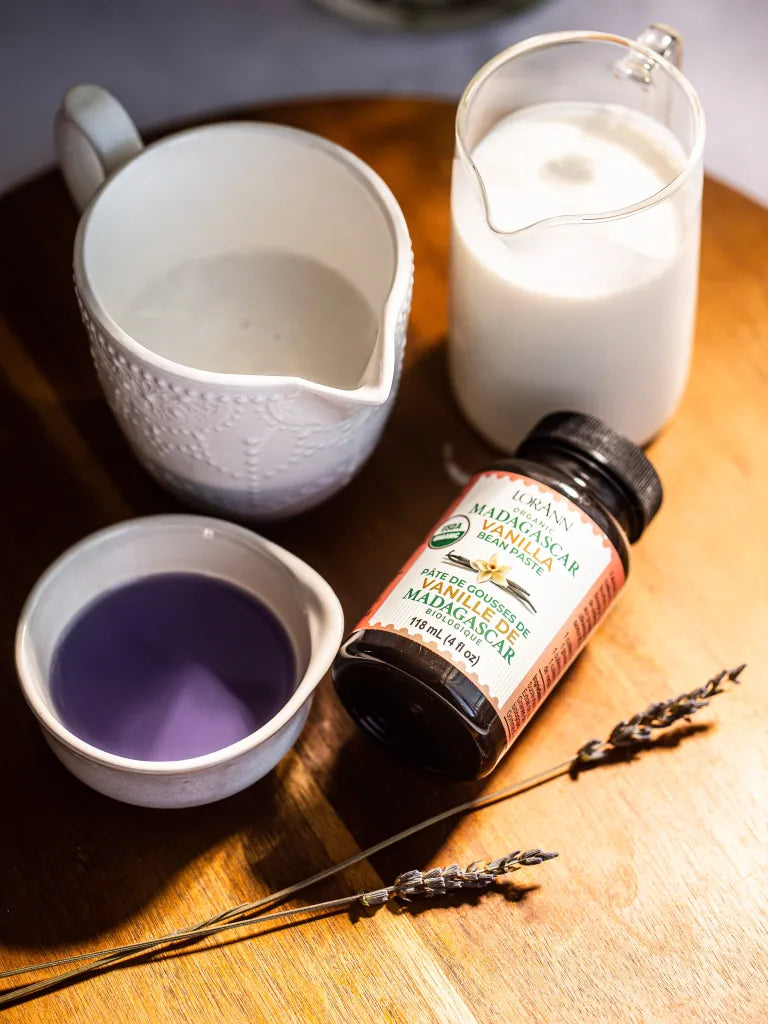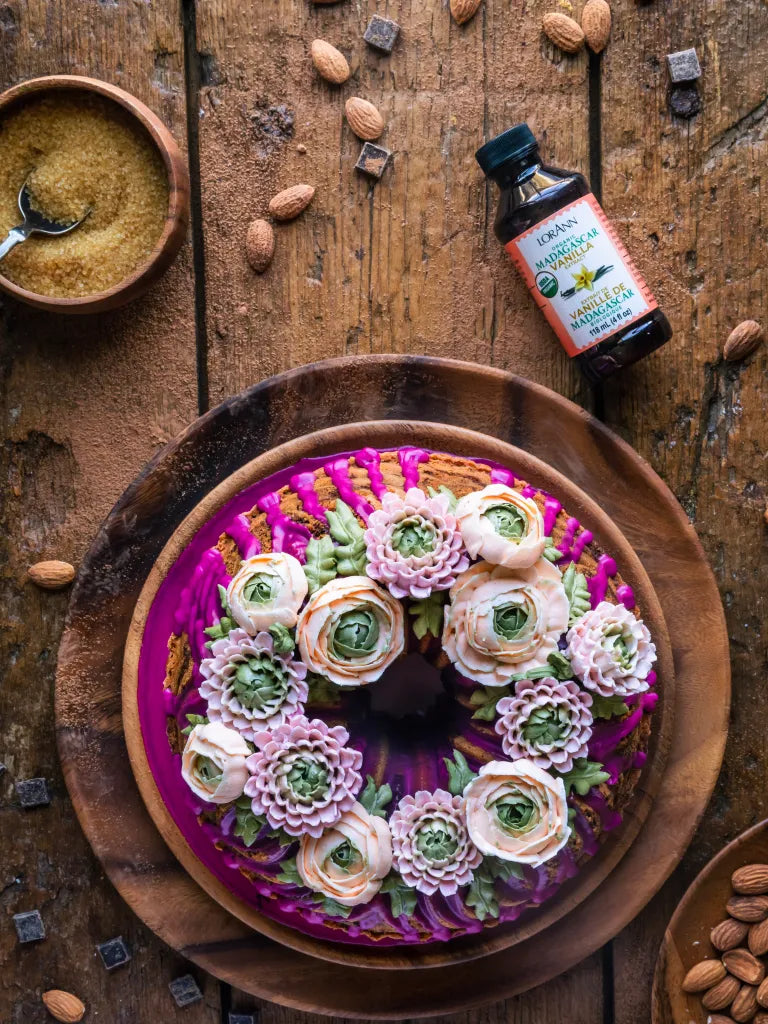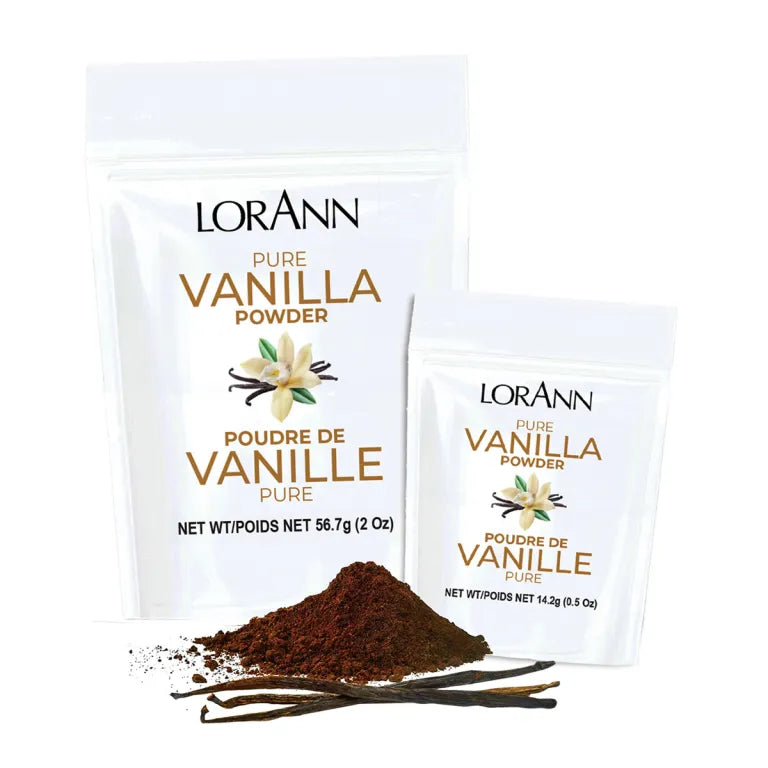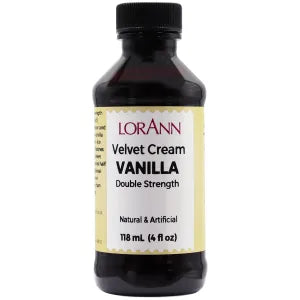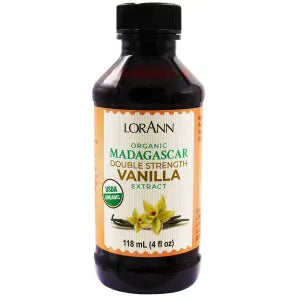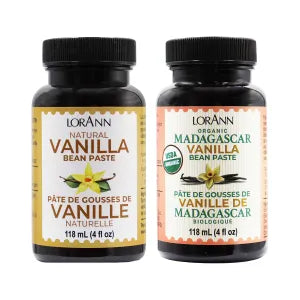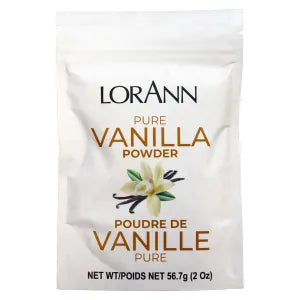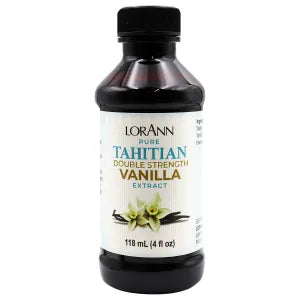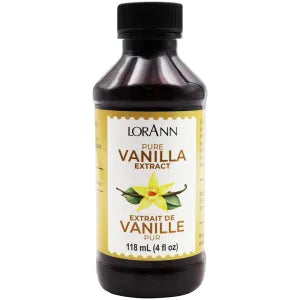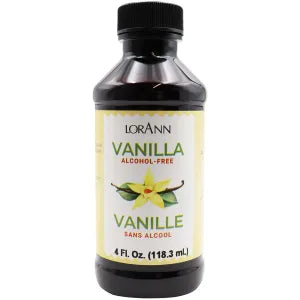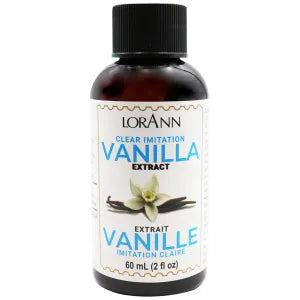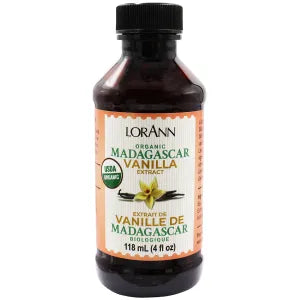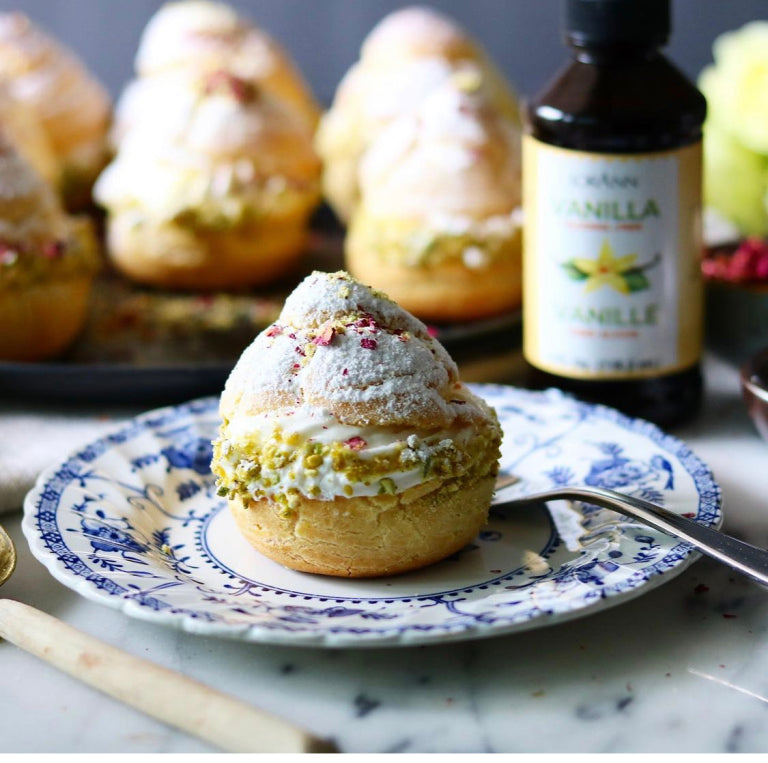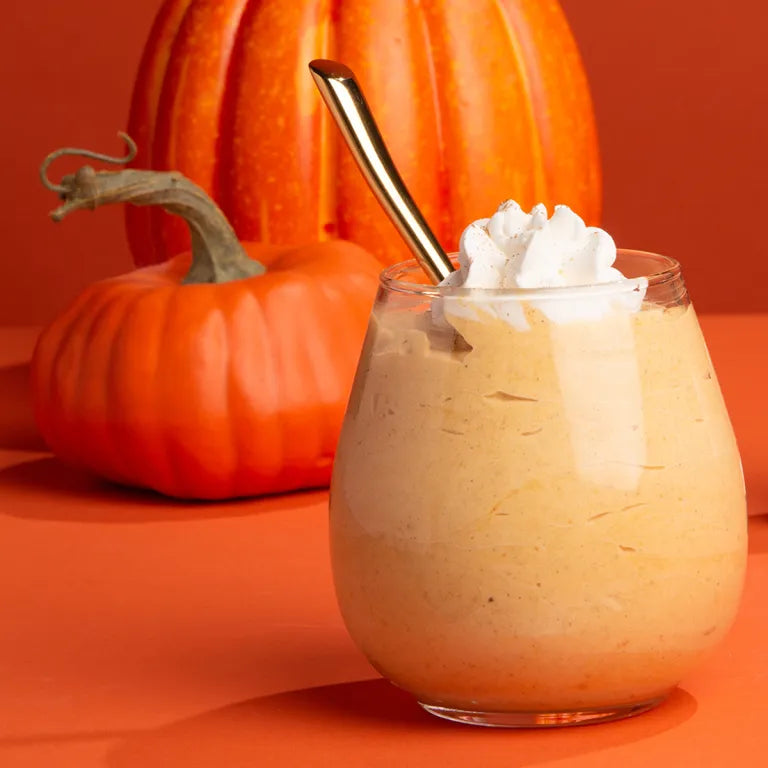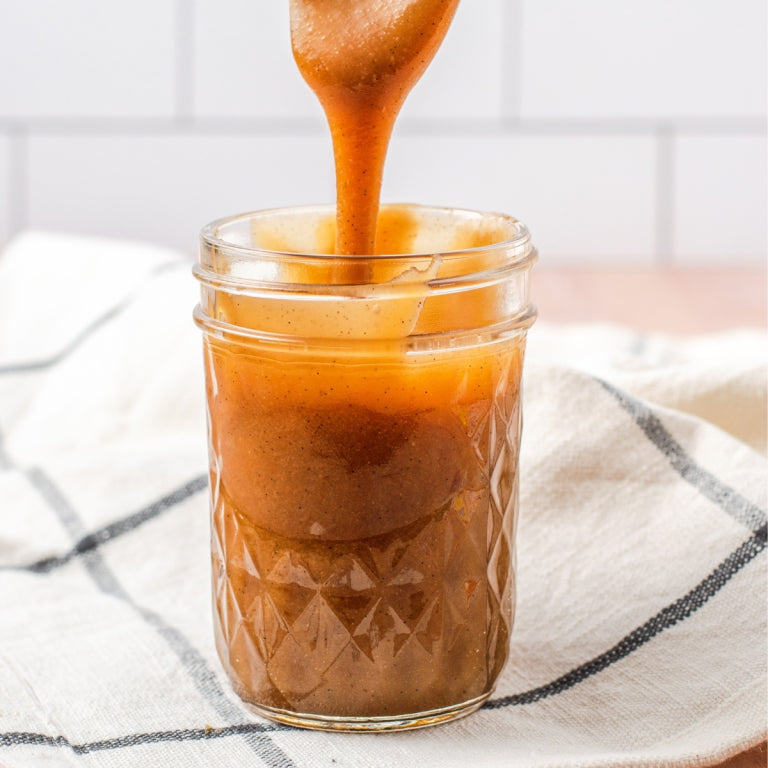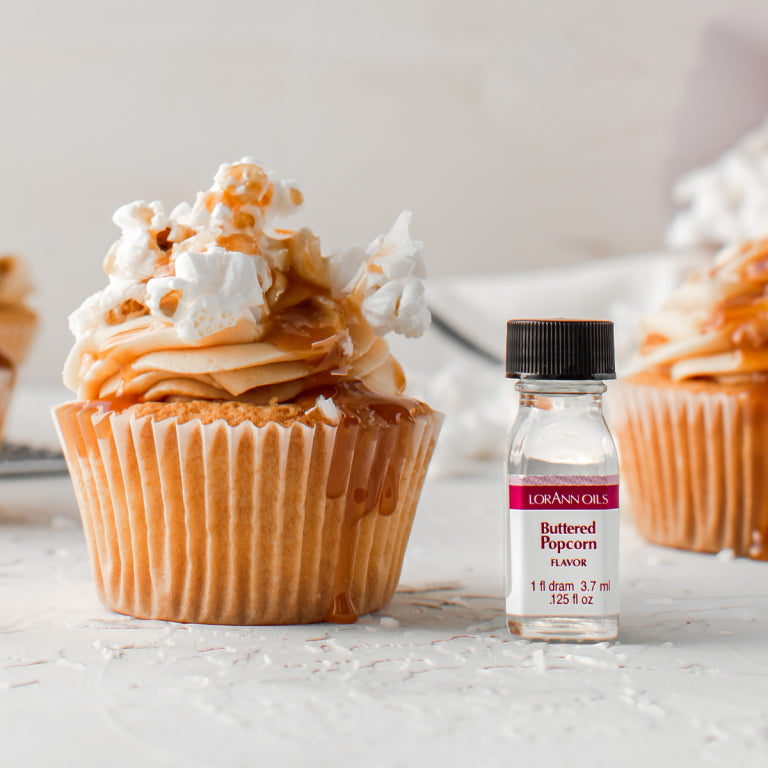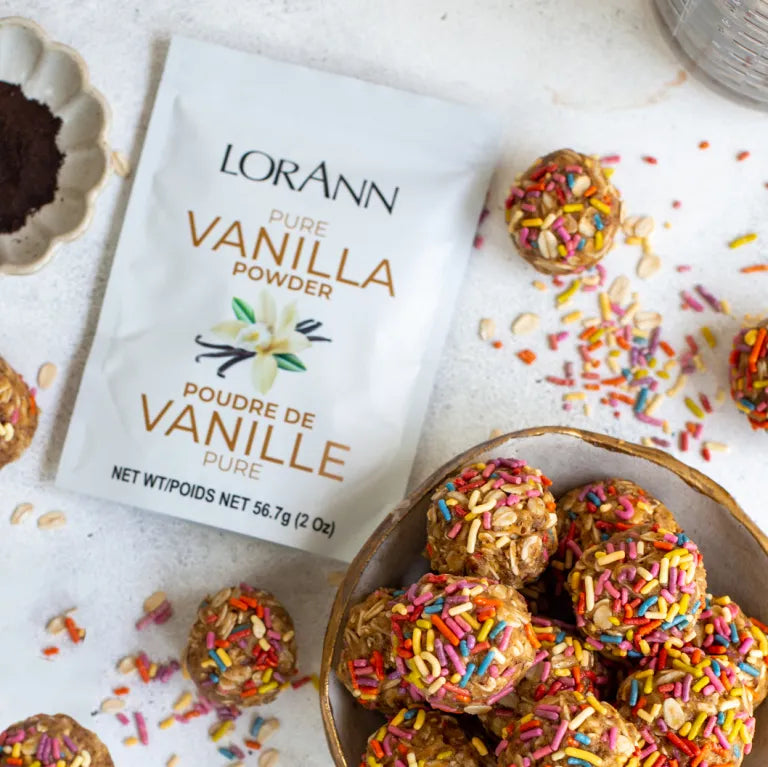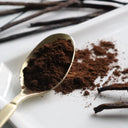Vanilla: One of the most common and popular flavors in baking. The warm and slightly floral flavor likely stirs up fond childhood memories of birthday cakes and giant dripping ice cream cones. Its versatility makes it a pantry staple almost as much as sugar, flour, and butter.
But as often as we use it, how much do we actually know about it? What’s the difference between an extract and flavoring? Does each variety have a different flavor? We’ll answer some of the most common vanilla questions and explain the differences between our extensive line of vanilla offerings.
First off, what is real vanilla and where does it originate?
Real vanilla is the fruit of an orchid native to Central America. The flower grows as a climbing vine and is now planted and grown commercially in tropical regions around the world. We can thank the Aztecs for discovering the allure of vanilla. They put it to good use flavoring their “Xocolat” cocoa drink. Can you imagine life without chocolate or vanilla? All hail the Aztecs!
How is good-quality vanilla produced?
Ounce for ounce, vanilla is one of the most expensive spices to produce. Each orchid flower must be hand-pollinated within 12 hours of blooming! Once the flower bears fruit, the beans are checked daily for the perfect level of ripeness before harvesting by hand. The vanilla beans must then cure for 5 – 6 months to allow the flavors to develop.
What are the different varieties of vanilla and do their flavors differ?
There are over 100 varieties of vanilla. Most varieties like Madagascar, Tahitian, and Mexican vanillas are named after the origin of the vanilla beans used to make them. The location, climate, soil, water, and dehydration methods used to cultivate vanilla beans give each variety its unique flavor profile.
What does “fold” mean?
Fold is a measure of the vanilla extractive in the overall solution. As mentioned earlier, extracts and flavors must contain one unit (as described by the FDA) of vanilla per gallon of product. A vanilla labeled as “two-fold” or “double-strength” contains twice the amount of vanilla extractive per gallon. Using a stronger vanilla allows a user to achieve the same flavor with less liquid. For example, using half the amount of a two-fold vanilla in a recipe calling for regular vanilla will achieve the same flavor.
When should I use a vanilla bean paste instead of an extract or flavor?
Vanilla bean paste can be used anywhere you would use vanilla extract. The most common reason for choosing the paste over the liquid is for visual appeal. If you want the lovely appearance of tiny vanilla seed flecks in your ice creams, frostings, cheesecakes, or puddings, use the paste. If you prefer a more seamless look, use an extract.
How do I substitute bean paste for extracts or flavors?
Easy! Use a 1:1 ratio. For example, if your recipe calls for one tablespoon of vanilla extract, use one tablespoon of vanilla bean paste and vice versa.
What is the difference between LorAnn’s natural extracts and bean pastes vs. their Madagascar and Tahitian vanillas?
The main difference between these products is whether the extract is made from a blend of vanilla beans or from beans sourced from only one location.
What is the difference between vanilla extract and vanilla flavor?
The main difference between the two boils down to the percentage of alcohol in the solution. Per FDA regulations, an extract must contain at least 35% alcohol. Anything containing less than 35%, including no alcohol at all, is considered vanilla flavor. Both products are made from vanilla beans and must have a minimum of one unit of vanilla extractives per gallon of solution.

